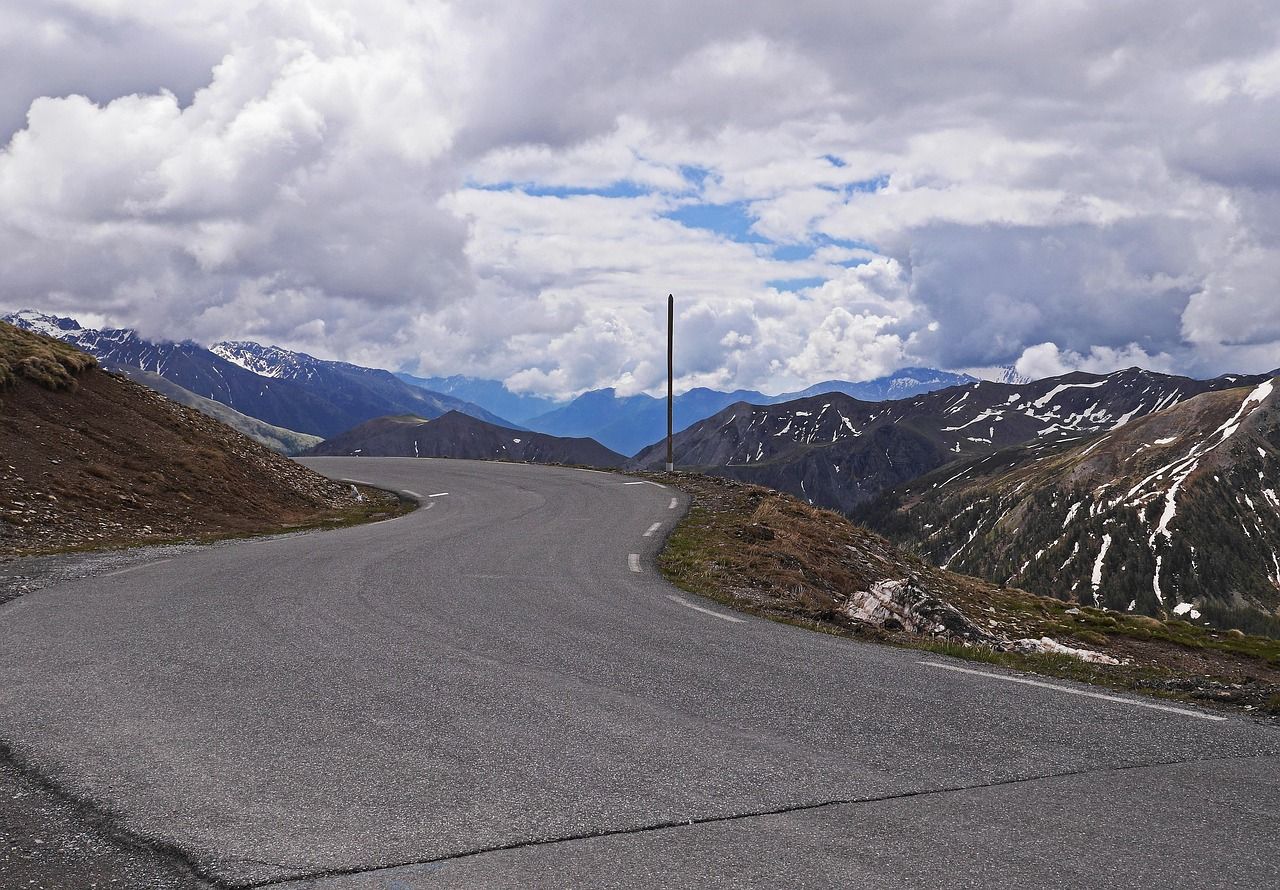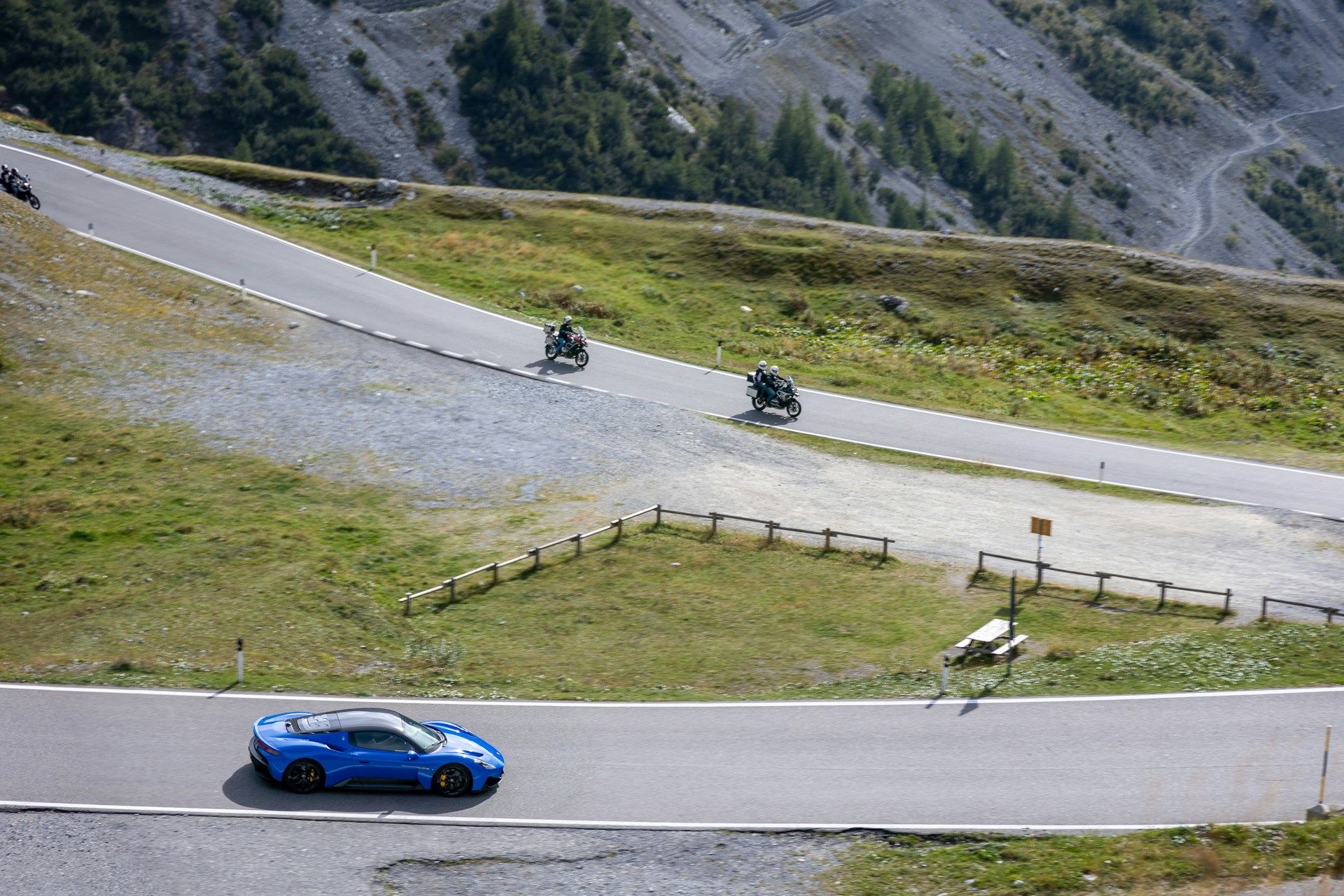Meaning and History of the Alpine Passes
24 days ago
The Alps are not only a natural boundary between Northern and Southern Europe but also a millennia-old transport area that has connected people, cultures, and goods. Those who drive along the mountain passes in a convertible today enjoy spectacular views, feel the joy of driving in the curves, and experience a landscape that has been of great significance since ancient times. Behind every bend lies a piece of history that adds special charm to the Alpine passes, and every kilometer tells of centuries-long use and strategic planning.
From Old Trade Routes to Modern Roads
Even the Romans used the Alpine passes to connect their provinces. Well-known routes such as the Brenner Pass, the Great St. Bernard, or the Simplon Pass were central trade and military routes that held the Roman Empire together. Later, in the Middle Ages, these passes were used by merchants, pilgrims, travelers, and rulers. Salt, wine, cloth, spices, and other goods found their way over the Alps—often laboriously transported by mules or horse-drawn carts.
With the invention of modern road construction in the 19th century, the passes transformed. Engineers built serpentine roads that made climbing easier and made Alpine traffic safer. Today, many historical post roads, old signposts, and stone columns remind us of this pioneering work, which also laid the foundation for the tourism boom in the Alps. Those traveling in a convertible can feel this tradition with every curve—especially on roads that were considered technical masterpieces a hundred years ago.

Strategic Importance in Times of War
The Alpine passes were not only trade routes but also of the highest military importance. Armies marched over them, and fortresses were built at their entrances to control movements. The Gotthard and Simplon Pass, for instance, played significant roles in Napoleonic campaigns. Until the 20th century, they held strategic significance before modern tunnels, bridges, and highways reduced the importance of the open mountain passes. Today, museums, monuments, and old watchtowers remind us of this tumultuous history, allowing convertible drivers to experience a piece of the past up close with every drive.
Tourist Discovery of the Alps
In the 19th century, the tourist development of the Alps began. Wealthy travelers, artists, writers, and adventurers sought the mountains as a retreat, source of inspiration, or backdrop for painting and photography. With the construction of the first hotels, inns, and health resorts, a new image emerged: the Alps as a coveted destination. The mountain passes were no longer seen merely as arduous transitions but as a spectacular experience uniting nature and technology.
With the spread of the automobile in the 20th century, a new era began: Alpine passes became dream destinations for road trips, motorcycle tours, and convertible rides. Today, well-known routes such as the Stelvio Pass, the Grossglockner, the Col de l’Iseran, or the Furkapass attract convertible drivers from all over the world. Each road has its own character—some are barren and alpine, while others gently curve through alpine meadows and charming mountain villages.
Alpine Passes Today: Experience Driving Pleasure, Nature, and History
For convertible drivers, today’s Alpine passes offer a unique mix of driving joy, natural experience, and cultural depth. They feature tight turns, expansive views, and varied landscapes. At many passes, one can find historical chapels, old inns, small museums, or signposts that tell the long history of these routes. Those driving attentively may discover hidden viewpoints, small alpine huts nearby, or secluded hiking trails that make the pass even more appealing.
The great allure lies in the variety: each pass tells its own story. While on the Stelvio Pass, one can admire the technical achievements of road construction and mountaineering, other passes like the Gotthard or the Jaufen Pass lead through villages where tradition is still alive. Those traveling in a convertible can stop spontaneously, enjoy the view, or sample regional specialties nearby—making each drive an unforgettable experience.

Practical Tips for a Convertible Tour over Alpine Passes
Those wishing to drive the Alpine passes in a convertible should pay attention to a few things: weather, road conditions, and traffic can change rapidly. Starting early in the morning is worthwhile to take advantage of the quiet hours and have the best lighting for photos. A well-sealing roof, warm layered clothing, and enough provisions make the tour more comfortable. Many passes are open between May and October; snowfall can occur in higher elevations even in late summer.
Tolls and vignettes should also be considered, as well as parking options near viewpoints or historical landmarks. For a quieter experience, one might choose side roads that are often more untouched and picturesque. This way, a convertible tour becomes not just a drive over spectacular roads but a genuine experience of nature, history, and driving pleasure.
Conclusion: More Than Just Roads
Alpine passes are much more than mere transportation routes. They are witnesses to a long European history, places of trade, culture, and encounters between people. Today, they invite us to experience this history in a modern way—with the convertible, which perfectly connects nature, driving sensation, and history. Driving over the Alps immerses one in a millennia-old chapter that remains vibrant, discovering new perspectives at every curve. Each drive is a small adventure, where the combination of landscape, history, and an open roof leads to unforgettable moments.
Related articles
Open, flexible, and free
The popularity of convertibles in Europe
13 days ago
Tips for Shared Convertible Tours
How to plan and organize group trips
17 days ago
Cabriolet tours in the cold season
Enjoying openly despite winter
28 days ago
The best photo spots for convertible drivers in South Tyrol
Photo spots, curves & nature enjoyment for convertible drivers
about 1 month ago
South Tyrol's tourist history and highlights for convertible drivers
Between Empress Sissi, Dolomites passes, and castles
about 1 month ago
